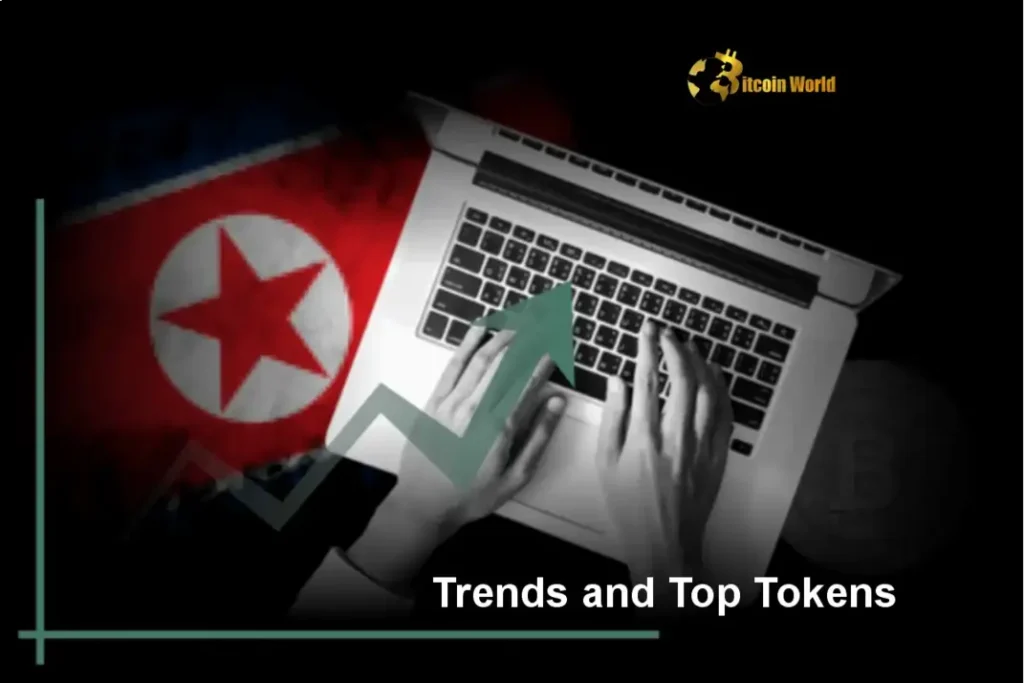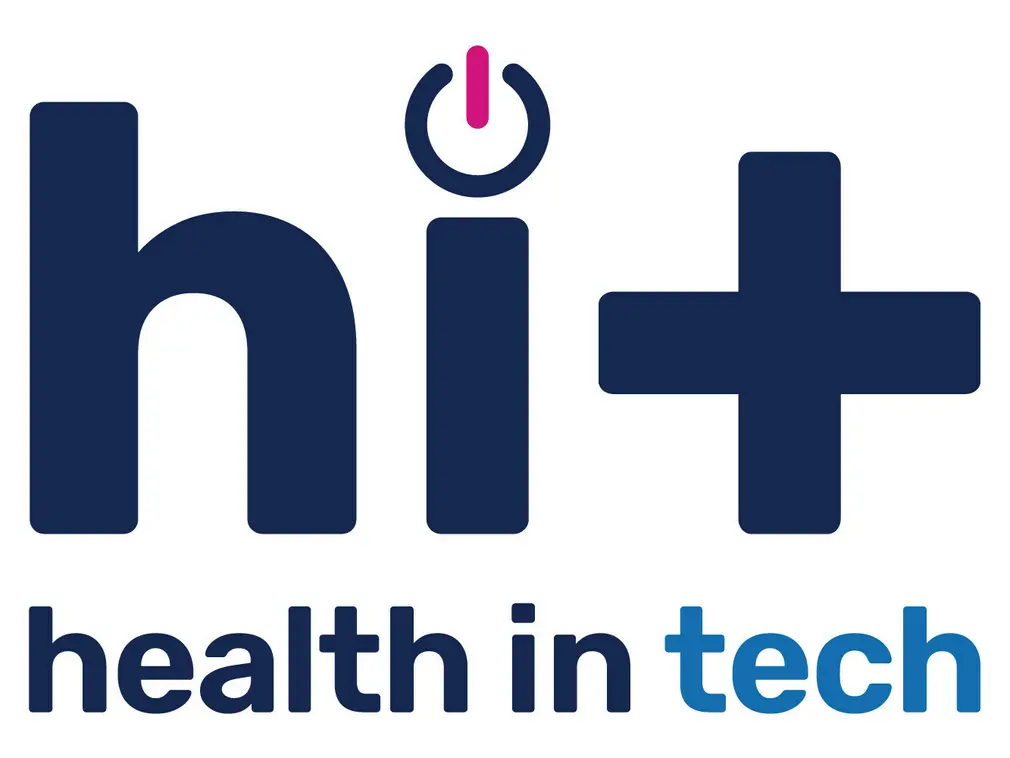Gmail Under Siege: FBI Warns of Unusual AI-Driven Phishing Attacks

Understanding Modern Phishing Tactics
How AI-Driven Phishing Works
The FBI has highlighted a concerning trend in modern phishing attacks, which are becoming increasingly sophisticated. Unlike traditional phishing emails that rely on generic templates or simple social engineering tactics, these new threats leverage cutting-edge artificial intelligence to create highly realistic and personalized messages.
According to the FBI’s report, attackers are now using machine learning algorithms to analyze victim behavior patterns, creating emails that mimic legitimate communications like bank transactions, tax notices, and official requests. These AI-driven phishing attempts often include embedded videos or detailed fake websites designed to trick users into revealing sensitive information.
Why It’s Concerning
While phishing has been a common tactic for criminals for years, the introduction of AI-driven methods represents a new level of sophistication in cyberattacks. The FBI warns that these advanced tactics are making it harder for victims to distinguish between genuine emergencies and malicious emails.
What’s worse is that these attacks can be particularly damaging because they mimic legitimate communications. Victims may feel compelled to respond due to the perceived urgency or legitimacy, leading them to share sensitive information like login credentials or financial data.
How to Protect Yourself
Don’t Fall for the Tactics
One of the best ways to combat AI-driven phishing attacks is to remain vigilant about the emails you receive. Stick to a routine where you only open links or click on attachments from trusted sources like official government agencies, banks, or well-known businesses.
Be cautious if an email appears too good to be true. Legitimate organizations rarely send urgent requests for personal information without proper channels of communication.
Use Strong Passwords
Selecting a strong, unique password is the first line of defense against any type of cyberattack. Phishing emails often require users to provide login credentials like usernames and passwords, making it crucial to safeguard these details.
Consider using multi-factor authentication (MFA) as an additional layer of protection against unauthorized access.
Verify Emails Before Acting
All links should be from a trusted source before you click on them. If in doubt, refrain from opening suspicious attachments and report the email to your internet service provider or cybersecurity firm immediately.
Work with Anti-Phishing Tools
The FBI emphasizes the importance of working with anti-phishing tools and resources. Many organizations offer threat intelligence feeds that help identify and block malicious emails based on patterns common in phishing campaigns.
Stay updated on the latest phishing tactics by regularly training your team or employees to recognize suspicious communications. Educating others can be one of the most effective defenses against phishing attacks.
Conclusion
Gmail phishing attacks are evolving, and it’s crucial for users to stay informed about these emerging threats. By adopting best practices like verifying emails, using strong passwords, and staying alert to suspicious communications, individuals can significantly reduce their risk of falling victim to AI-driven phishing campaigns.
As cybercriminals continue to advance their tactics, collaboration between businesses, governments, and individuals will be essential in combatting these evolving threats. Stay vigilant and stay informed—your peace of mind is worth every measure taken to protect your digital assets.







